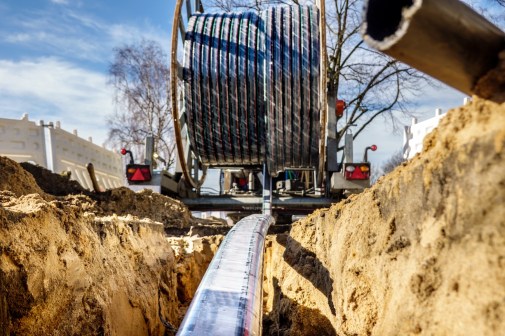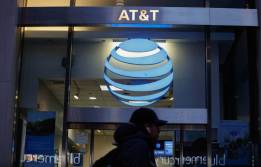For rural broadband, FCC gives $4.9 billion to small ISPs

The Federal Communications Commission will provide $4.9 billion to 171 local wireless carriers through the agency’s Universal Service Fund over the next 10 years, commission Chairman Ajit Pai announced Friday.
Using a subsidizing model designed to award smaller carriers consistent funding each year, the money is expected to provide wireless high-speed internet service to more than 450,000 homes and businesses across 39 states and American Samoa.
The Universal Service Fund supports several programs, including E-Rate and the Rural Health Care program, but roughly half of its funds each year goes into supporting broadband expansion to homes and businesses. While some of that money is allocated to large internet service providers, such as Verizon, AT&T and CenturyLink, this $4.9 billion will be authorized to smaller local carriers that aren’t subject to some of the regulations placed on larger companies.
“Our action today will help close the digital divide and is a win-win for rural Americans and taxpayers,” Pai said in a release. “Carriers get the predictable support they need to deliver broadband to their customers in these high-cost rural areas. And taxpayers, who fund this support through a fee on their phone bills, are getting more bang for their buck.”
The FCC calls these smaller companies “rate-of-return” providers because they provide a high rate of return in service when they’re provided funding. All 171 carriers receiving funding opted to use the FCC’s Alternative Connect America Cost Model, or A-CAM, which provides a fixed amount of support to each carrier for 10 years in exchange for expanding broadband deployment to a fixed number of businesses and homes. The commission says this strategy provides “predictability, rewards efficiency, and provides more value for each taxpayer dollar.”
All carriers are expected to deploy service to an initial set of locations by 2022.
The FCC is also currently seeking to reform its broadband mapping regulations to ensure it knows which regions need service most. The commission has received criticism under Pai, a former Verizon lobbyist, for enforcing inaccurate broadband mapping techniques. States lobbied against the agency’s policy of allowing large ISPs to submit their own coverage maps that divide service areas by census block, and earlier this month, Pai announced that a new “Digital Opportunity Data Collection” system — using detailed polygonal outlines alongside census blocks — will replace the old system.






